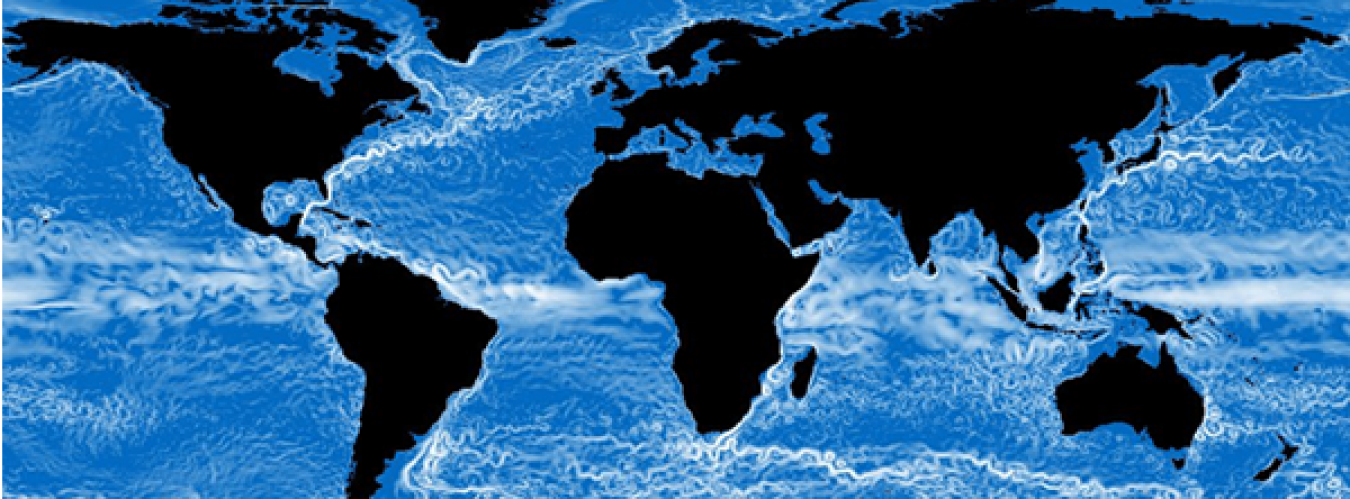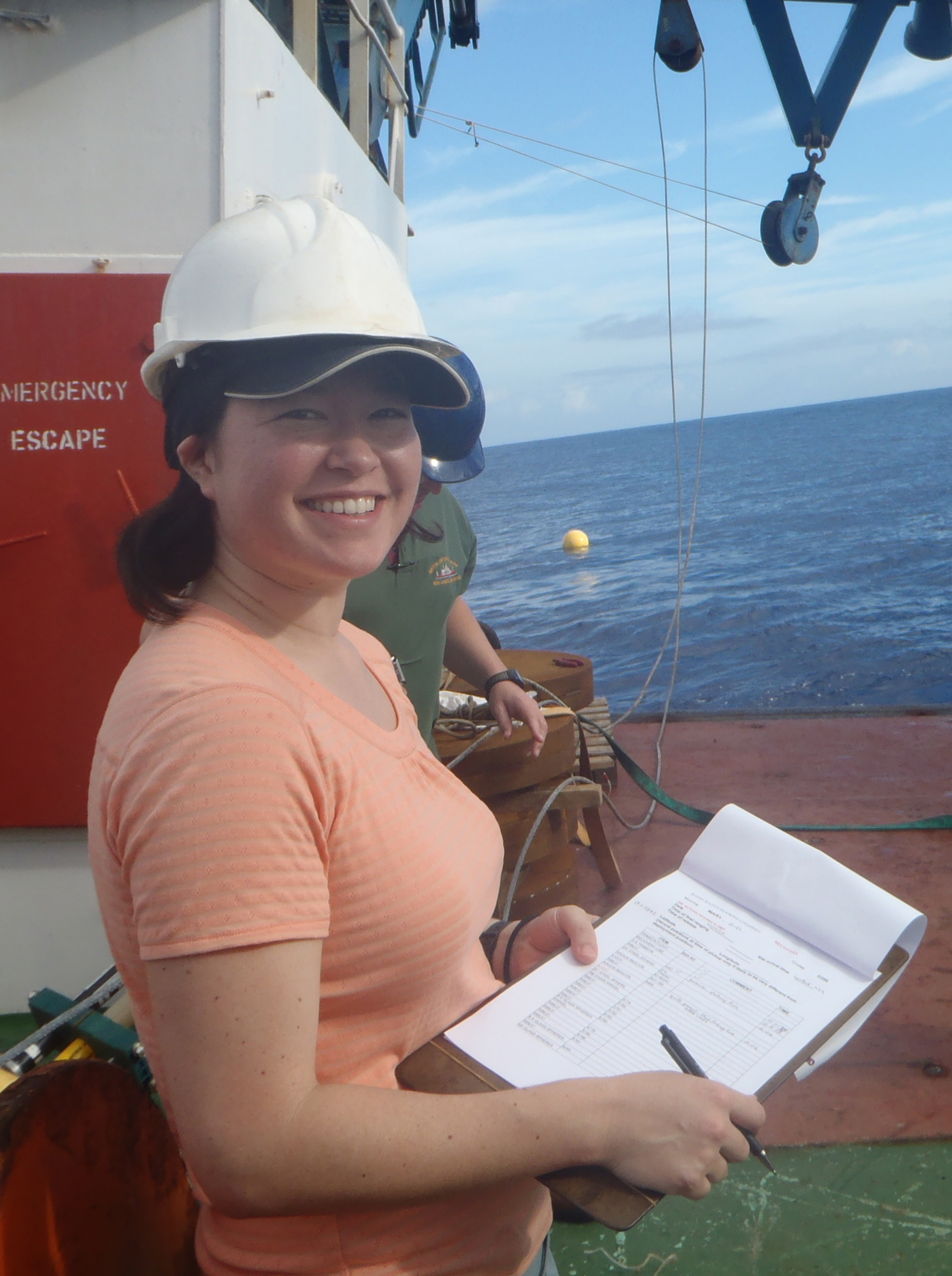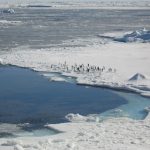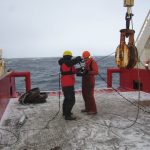Eleanor Frajka-Williams is a lecturer in physical oceanography in OES. She joined the group in Feb 2012 after a few years as a research fellow at the National Oceanography Centre. Her research focuses on ocean observations, ranging from small scales to basin scales, with a particular interest in using novel platforms.
How did you get into oceanography? I had never heard of oceanography growing up, though I probably should have, since I lived near the coast in Southern California. But aquariums highlight biology, and the physics of fluids or fluids under the effect of rotation (like the oceans and atmosphere) isn’t really something you get into in high school. At University, I was planning to major in computer science and math, but partway through wondered whether there was a way to bring together my love of the outdoors and math-background, and I stumbled on “ocean engineering”. I thought it sounded outdoorsy and yet technical. After my 2nd year at Uni, I spent a summer at the Scripps Institution of Oceanography, and through happy coincidence ended up on a 2-week research cruise off of Oregon; that’s been a part of what I do ever since.
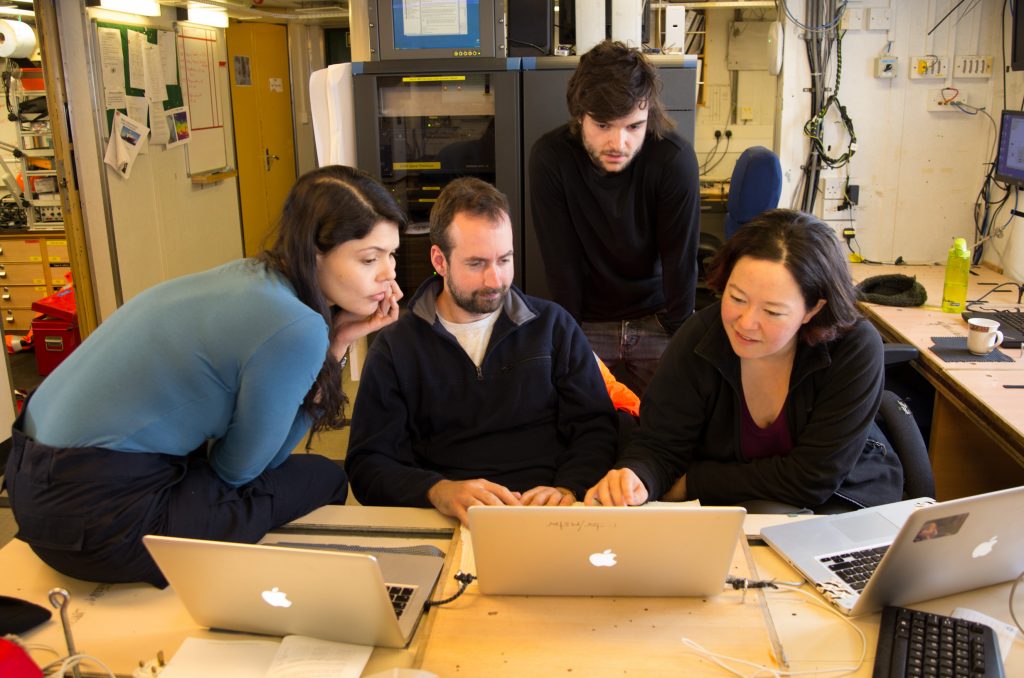
What was your most recent cruise? As an observational oceanographer, I spend some part of most years at sea, making measurements. After the research cruise ends, we take these data back to our offices and spend months or years poring over them to. My most recent cruise was to the northern edge of the Weddell Gyre off of Antarctica. It was my first time to the Southern Ocean, and while a lot of the instruments and measurements we make are the same, the conditions were very different. We also saw a completely different range of wildlife (e.g., penguins, seals, whales and giant birds).
What’s great about being at Southampton. The Ocean and Earth Science department of the University of Southampton is housed at the National Oceanography Centre (NOC). One of the great things about being here is that besides being involved in the academic and educational side of the university, there is a large population of excellent scientists in the NOC researching oceanography from a range of perspectives and approaches. The collected body of wisdom and experience concentrated in one place is incredible. It’s also a very international place, with scientists hailing from all around the world.
Looking to the future: We’ve recently had a project funded to investigate the dissipation of mesoscale eddies—swirling vortices of water 100-200 km across—east of the Bahamas (project MerMEED: Mechanisms responsible for Mesoscale Eddy Energy Dissipation, http://www.frajka-williams.com/projects/mermeed/). The overall goal of the project is to understand how much of the energy in these eddies is dissipated or lost at the ocean boundaries, and why. Over the next couple of years, we’ll be observing these eddies using satellites, in situ mooring data in collaboration with the RAPID programme (http://www.rapid.ac.uk/) and with field expeditions from small boats out of the Bahamas. During the cruises, we’ll make detailed surveys of the sub-meter scale fluctuations of temperature and shear, and will deploy Seagliders to map the mesoscale field (out of reach of small boats). As the economic and environmental cost of fossil fuels increases, we are increasingly looking for ways to deliver high quality observations without the use of large research vessels. In certain circumstances, as with the MerMEED project, small boats and gliders are the best way to make the observations at the necessary space and time scales.
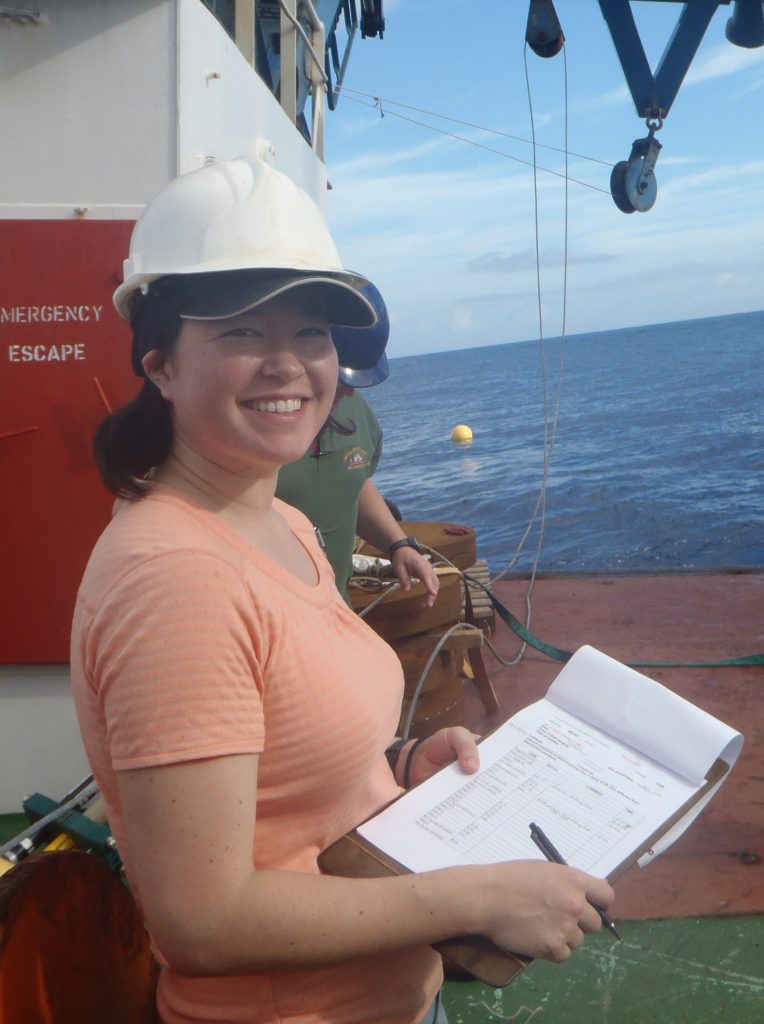
For more about Eleanor’s research, check out her webpage at http://frajka-williams.com.
